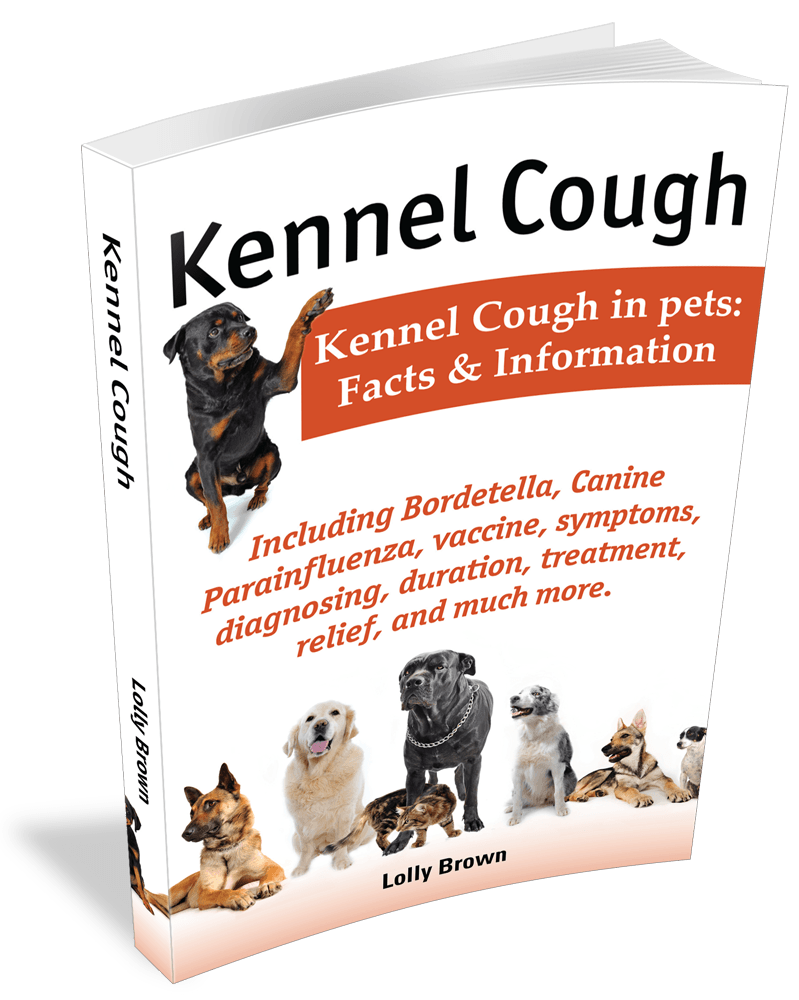
This section of the Blue Creek Kennel web-site lists the detailed (or brief) definitions of terms that are relevant to the breeding of canines. They are related to the health of puppies as they are being raised, bred, trained, etc. Some of these terms and/or procedures will be described in more detail in future articles, for example, the purpose for «docking» the tails of Kennel puppies is for the safety of preventing the tails from being like weapons as the puppies get excited and wag their tails around.
 AKC
AKC
- American Kennel Club
The American Kennel Club (AKC) is a registry of purebred dog pedigrees in the United States. In addition to maintaining its pedigree registry, this kennel club also promotes and sanctions events for purebred dogs, including the Westminster Kennel Club Dog Show, an annual event which predates the official forming of the AKC, the National Dog Show, and the AKC/Eukanuba National Championship. Unlike most other countries' kennels clubs, the AKC is not part of the Fédération Cynologique Internationale (World Canine Organization).
 Bordetella
Bordetella
The Bordetella shot for dogs is a vaccine against canine infectious tracheobronchitis (aka kennel cough). It is generally given to dogs who are around other dogs such as at shows, dog parks or kennels.
Canine Distempers
Canine distemper is a virus that affects a dog’s respiratory, gastrointestinal, respiratory and central nervous systems, as well as the conjunctival membranes of the eye. What Are the General Symptoms of Canine Distemper? The first signs of canine distemper include sneezing, coughing and thick mucus coming from the eyes and nose. Fever, lethargy, sudden vomiting and diarrhea, depression and/or loss of appetite are also symptoms of the virus. How Do Dogs Get Canine Distemper?The virus is passed from dog to dog through direct contact with fresh urine, blood or saliva. Sneezing, coughing and sharing food and water bowls are all possible ways for the virus to be passed on.
 Dam
Dam
- noun: a female parent (used especially of four-footed domestic animals).
Origin: 1250-1300; Middle English; variant of dame
Dew Claw

A dewclaw is a digit – vestigial in some animals – on the foot of many mammals, birds, and reptiles (including some extinct orders, like certain theropods). It commonly grows high on the leg such that in digitigrade species, when the animal is standing, it does not make contact with the ground. On dogs a dewclaw is on the inside of the leg, positioned analogously to a human thumb.
Dock
- verb: To clip short or cut off (an animal's tail, for example).
- verb: (Veterinary Science) to remove (the tail or part of the tail) of (an animal) by cutting through the bone: to dock a tail; to dock a horse.
 Kennel Cough
Kennel Cough
Kennel Cough is a extremely contagious respiratory disease in dogs, known scientifically as canine infectious tracheobronchitis. It is considered to be one of the most prevalent infectious respiratory diseases in dogs. Kennel cough most commonly occurs where groups of dogs are congregated together, such as doggie day-cares, pet shops, veterinary hospitals, grooming parlors, parks, shelters, and kennels (hence the name kennel cough!). It is found worldwide, and can affect dogs of any age and breed. It most commonly affects dogs in summer and fall, but can occur any time of year. Kennel cough can become serious and even lead to pneumonia if left untreated, especially in young puppies. Therefore it is best to schedule a physical exam with your veterinarian if you are concerned about kennel cough.
Parainfluenza
Canine parainfluenza virus (CPIV) is a highly contagious respiratory virus and is one of the most common pathogens of infectious tracheobronchitis, also known as canine cough.1 Although the respiratory signs may resemble those of canine influenza, they are unrelated viruses and require different vaccines for protection. Reference:
- Ford R. Canine infectious tracheobronchitis. In: Greene CE, ed. Infectious Diseases of the Dog and Cat. 3rd ed. St. Louis, MO: Saunders/Elsevier; 2006:55.
 Parvovirus
Parvovirus
Canine parvovirus is a highly contagious viral disease that can produce a life-threatening illness. The virus attacks rapidly dividing cells in a dog’s body, most severely affecting the intestinal tract. Parvovirus also attacks the white blood cells, and when young animals are infected, the virus can damage the heart muscle and cause lifelong cardiac problem What Are the General Symptoms of Parvovirus? The general symptoms of parvovirus are lethargy, severe vomiting, loss of appetite and bloody, foul-smelling diarrhea that can lead to life-threatening dehydration. How Is Parvovirus Transmitted? Parvovirus is extremely contagious and can be transmitted by any person, animal or object that comes in contact with an infected dog's feces. Highly resistant, the virus can live in the environment for months, and may survive on inanimate objects such as food bowls, shoes, clothes, carpet and floors. It is common for an unvaccinated dog to contract parvovirus from the streets, especially in urban areas where there are many dogs.
 Pyrantel Pamoate
Pyrantel Pamoate
Pyrantel pamoate (under US Pharmacopoeia) or pyrantel embonate (under European Pharmacopoeia), is used as a deworming agent in the treatment of hookworms (all species) and roundworms (Ascaris lumbricoides, aka ascarids in humans) in domesticated animals such as horses, cattle, sheep, pigs, cats, dogs, and many other species.
- noun: the male parent of an animal, especially a stallion or bull kept for breeding.
- noun: The male parent of an animal, especially a domesticated mammal.
- verb: be the male parent of (an animal).
Worm
- verb: treat (an animal) with a preparation designed to expel parasitic worms.
- verb: to give (an animal) medicine that destroys the small worms that live inside it and cause illness
- verb: to rid of parasitic worms
- verb: to treat (an animal) with a drug to destroy or expel parasitic worms

01].png)